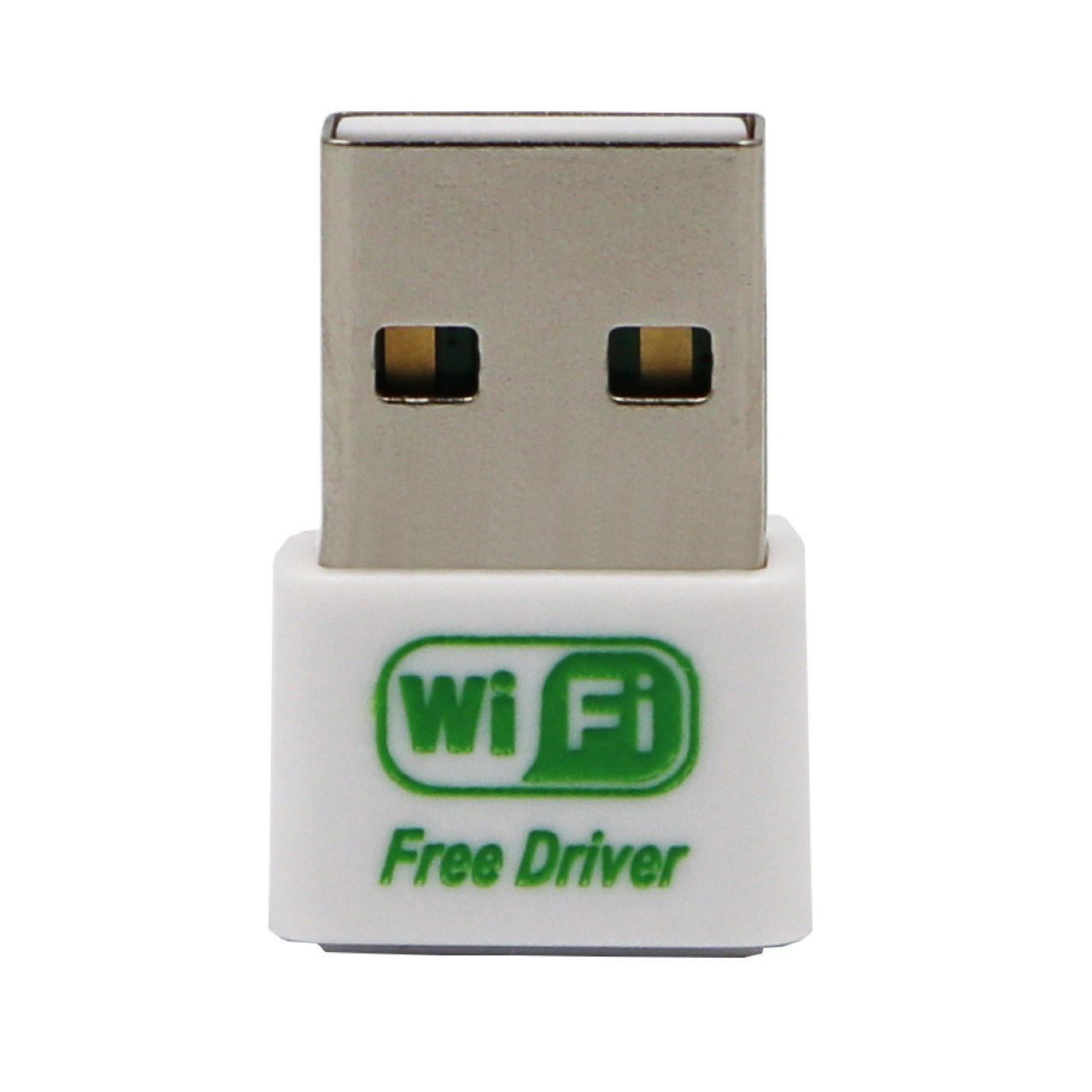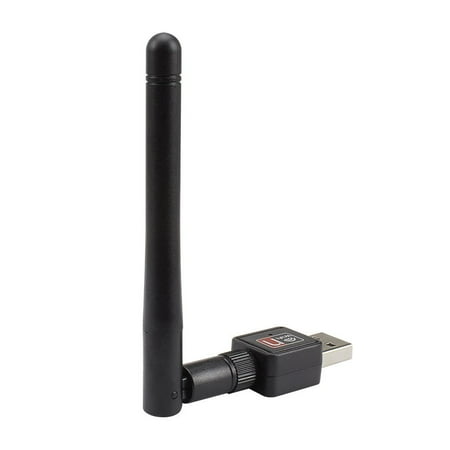USB port types and names
Wireless Usb Network Adapter For Macbook Air
USB (Universal Serial Bus) is an industry standard for connecting computers and other devices. It's available with many types of ports, and each type has a unique shape. On Mac computers, USB is available with these ports, depending on your Mac model:
New WiFi Life For Your Computers with USB WiFi. Older computers can cut the cord – the Ethernet cable. And Windows-based laptops and computers that use WiFi can have a new life with NETGEAR WiFi Adapters. Essential for a high-quality Internet connection – WiFi adapters are designed to offer the best connections available. EDUP USB 3.0 WiFi Adapter 1300Mbps Dual Band Wireless Network Adapter 802.11 AC 6dBi Antenna for Desktop PC Wi-Fi Dongle Compatible Windows 10/7 /8/8.1 /XP Mac OS X 10.6-10.15 Wireless Data Rates: Up to 1.3Gbps. I need the driver for my Belkin Wireless G USB Network Adapter for Mac OS X 10.3.9 thankyou. More Less - iBook G3 - Motorola RAZR - iPod Video - Google/Doodle Addict. The adapter is the Edimax Dual Band AC1200. It costs $25 (it’s $20 on Amazon at the time of this writing). As an adapter, it’s fine. It supports 802.11n and 802.11ac, has speeds up to 866Mbps,.
And this privilege is enjoyed by the Windows OS with the, Android with and app, and iOS users with the Psiphon app. But that does not mean that there is no way to use Psiphon for Mac. The app still has no support for the Mac OS. 
USB-A

Type USB-A ports are commonly called USB, USB 2, or USB 3 ports, depending on the USB specification they support. They aren't reversible, so a USB-A connector plugs into the port only when oriented correctly.
USB-C
Type USB-C ports are available as either standard USB-C ports or Thunderbolt 3 ports that also support USB-C connections. They both look the same, and the connector plugs into the port in either orientation.
Download the secure VPN client for ProtonVPN for free. Available as Windows VPN, MAC VPN and Linux VPN clients and also as Android VPN and iOS VPN client. Download HMA VPN for any Apple computer. HMA VPN software will work on Macbook, Macbook Air, Macbook Pro, Mac Mini, iMac, iMac Pro, and Mac Pro models that have at. Trial vpn for mac. VYPR VPN is one of the best VPN services for Mac which gives you Internet privacy and freedom to browse any site without any intrusion. Let’s have a look at the features VYPR VPN: It offers OpenVPN, Chameleon, PPTP and L2TP/IPsec, so you can choose your.

Learn more about identifying the ports on your Mac, as well as the adapters and cables you can use to connect older devices to type USB-C ports.
USB specifications
USB specifications are important primarily when you want the most speed and power for your USB device, or your device needs more power or is using too much power. Every USB port supports a particular USB specification, which determines the port's maximum>USB specifications on MacData transferPowerUSB 3.1 Gen 2
Also known as USB 3.2 Gen 2
Up to 10 GbpsUp to 15W at 5VUSB 3.1 Gen 1
Also known as USB 3.2 Gen 1 or USB 3
Up to 5 GbpsUp to 900 mA at 5VUSB 2.0
Up to 480 MbpsUp to 500 mA at 5VUSB 1.1
Up to 12 MbpsUp to 500 mA at 5V
Tivo Wireless Usb Network Adapter
To learn which specification is supported by a type USB-A or type USB-C port on your Mac model:
- Choose Apple menu > About This Mac, click Support, then click Specifications.
- Check the System Information app for more details, including about USB devices connected to USB ports on your Mac. Select USB in the sidebar, then select a USB bus on the right.

Get the best performance from your USB devices
USB specifications all work with each other, but speed and power are limited by the cable or device that uses the earliest specification. For example, if you connect a USB 3 device to USB 2 port, your device is limited to USB 2 speeds, and it can't draw more power from the port than can be delivered over USB 2. In other words, to get the best performance, make sure that the USB port on your Mac and the USB cable to your device meet or exceed the USB specification of the device itself.
If your Mac doesn't recognize a USB device after you plug it into your Mac:
- Check all connections: Unplug the device from your Mac, then plug it back in, and make sure that all cables and adapters are securely connected at both ends. Test with another cable or adapter, if available.
- Plug the device directly into your Mac instead of a USB hub or other device, and if necessary test with a different USB port on your Mac or device.
- Some devices need their own software, such as drivers or firmware. Others work without additional software. Check with the maker of your device, and install all available Apple software updates as well.
- If your device came with an AC power adapter, use it. Some devices can be powered by the USB port on your Mac. Others need more power than your Mac can provide.
- Restart your Mac.

Learn more
- USB 3 devices can create wireless interference that affects Wi-Fi and Bluetooth devices. Learn how to resolve Wi-Fi and Bluetooth issues caused by wireless interference.
- Mac notebook computers with USB-C or Thunderbolt 3 can charge over that port using a compatible USB-C power adapter and cable.